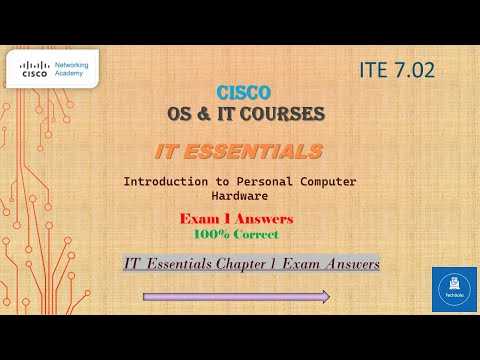
In this section, we will explore crucial topics that are central to understanding the practical aspects of networking. Gaining a solid foundation in these areas will not only help you prepare for assessments but also equip you with essential skills for real-world IT scenarios.
Networking plays a vital role in the functioning of modern technology. Understanding how devices communicate, data is transmitted, and networks are structured is key to mastering IT. This part covers various important components that ensure seamless connectivity and efficient communication within any system.
By focusing on critical areas such as IP addressing, subnetting, and troubleshooting, this section provides the knowledge necessary to tackle practical challenges you may face in the field. Whether you are aiming to improve your understanding or preparing for future tests, mastering these topics will strengthen your IT expertise.
IT Network Fundamentals and Key Problem Solving Strategies
In this section, we focus on the core knowledge required for tackling network-related questions. By understanding key principles and methods, you’ll be better prepared to respond to a variety of practical scenarios. The aim is to develop a strong grasp of networking concepts that are often tested in assessments.
Understanding Networking Protocols and Devices

Networking protocols form the backbone of communication between devices. It is essential to be familiar with the most common protocols and their functions, as well as the devices that facilitate these communications. Key areas to review include:
- TCP/IP – Understand its structure, including the differences between IPv4 and IPv6.
- HTTP/HTTPS – Learn how web traffic is routed and secured.
- DNS – Familiarize yourself with domain name resolution and how it works.
- DHCP – Know how dynamic IP addressing operates within a network.
Practical Troubleshooting Methods
Identifying and resolving issues is a key part of working with networks. Whether it’s a connectivity issue, device malfunction, or configuration error, having a systematic approach to troubleshooting can make a significant difference. Key troubleshooting steps include:
- Define the problem: Assess the issue based on symptoms.
- Gather information: Check network settings, logs, and devices for abnormalities.
- Implement solutions: Try common fixes such as resetting connections or reconfiguring devices.
- Verify results: Test the solution to ensure the issue has been resolved.
Mastering these methods and concepts will increase your ability to respond to networking challenges effectively, both in assessments and real-world situations.
Overview of IT Network Fundamentals

This section provides a comprehensive overview of key networking concepts that are essential for understanding how devices communicate within a network. It covers a variety of topics that form the foundation of IT infrastructure, focusing on the core elements that support effective connectivity and troubleshooting. Understanding these concepts is crucial for both theoretical knowledge and practical application in the IT field.
From addressing to network configurations, each topic plays a pivotal role in ensuring devices can communicate seamlessly. The goal is to equip learners with the skills needed to approach network-related issues with confidence and clarity. Below is a table summarizing the core topics covered:
| Topic | Description |
|---|---|
| IP Addressing | Understanding how IP addresses are assigned and managed within a network, including subnetting concepts. |
| Networking Devices | Exploring routers, switches, and other devices that manage data traffic within a network. |
| Network Troubleshooting | Methods and tools for diagnosing and resolving common network problems. |
| Protocols | An overview of common network protocols such as TCP/IP, DNS, and DHCP, and how they enable device communication. |
By understanding these essential components, learners are better prepared to approach both theoretical tests and real-world networking challenges with confidence.
Key Concepts Covered in Chapter 14
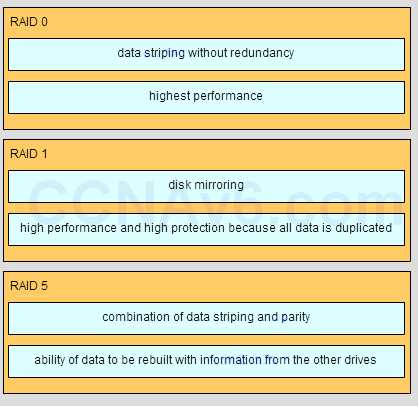
This section delves into the critical concepts that form the backbone of networking knowledge. Mastering these topics will enhance your understanding of how various network components work together, ensuring smooth and efficient communication across systems. The following key areas are central to building a solid foundation in networking:
- IP Addressing and Subnetting: A comprehensive understanding of how devices are assigned unique addresses within a network and the importance of subnetting to optimize network traffic.
- Networking Protocols: Key protocols such as TCP/IP, DNS, and DHCP, which enable seamless communication between devices across the internet and local networks.
- Routing and Switching: The role of routers and switches in managing data flow, ensuring that information reaches the correct destination efficiently.
- Network Security: Basic principles of securing networks, including methods for preventing unauthorized access and ensuring data integrity.
- Network Troubleshooting: Common techniques and tools for diagnosing and fixing network-related issues, such as connectivity problems and misconfigurations.
These concepts are critical for anyone pursuing a career in IT, as they provide the groundwork for working with and managing computer networks. By understanding and applying these principles, you can develop the skills necessary to address real-world network challenges.
How to Approach IT Assessments
Successfully navigating a technical assessment requires more than just memorizing concepts–it demands a strategic approach to both preparation and execution. Knowing how to effectively manage your time, prioritize topics, and apply theoretical knowledge to practical scenarios will greatly enhance your performance. Here are some essential steps to follow for better results:
- Understand Key Topics: Focus on the core concepts that are commonly tested, such as networking protocols, IP addressing, and troubleshooting methods.
- Practice with Real-Life Scenarios: Engage in hands-on practice by simulating network configurations or resolving common connectivity issues. This practical experience will reinforce theoretical learning.
- Review Key Terms and Definitions: Familiarize yourself with the terminology and definitions used in networking to ensure clarity when answering questions.
- Manage Your Time Wisely: During the assessment, allocate time to each section based on difficulty. This prevents spending too much time on one question and ensures you can address all topics.
- Stay Calm and Focused: Approach the test with confidence. Carefully read each question and take time to consider your answer before proceeding.
By following these strategies, you’ll be well-prepared to tackle any challenges in a technical assessment and improve your chances of success.
Understanding Networking Fundamentals

A solid understanding of network fundamentals is essential for anyone working in IT. Networking forms the foundation of how devices communicate with each other, both locally and globally. Whether it’s setting up a local area network (LAN) or troubleshooting complex connectivity issues, a clear grasp of key principles is crucial for effective problem-solving and system management. Below are the fundamental concepts every IT professional should be familiar with:
Core Components of a Network
- Network Devices: These include routers, switches, firewalls, and access points that help manage the flow of data and ensure devices can communicate.
- Data Transmission: Learn how data travels through networks, including packet switching and the role of communication protocols.
- IP Addressing: The method by which each device is uniquely identified within a network. Understanding both IPv4 and IPv6 is essential.
- Network Topologies: Different layouts that determine how devices are connected, such as bus, star, and mesh configurations.
Common Networking Protocols

Protocols define the rules that govern data exchange between devices. They ensure that information is transmitted accurately and securely. Some of the most common protocols include:
- TCP/IP: The primary protocol suite used to establish and maintain communication between devices on the internet.
- DNS: The system that translates domain names into IP addresses, allowing users to access websites by name instead of numeric addresses.
- DHCP: Dynamic Host Configuration Protocol automatically assigns IP addresses to devices on a network.
- HTTP/HTTPS: The protocols used for web communication, ensuring secure and standard browsing experiences.
Mastering these networking fundamentals provides a strong foundation for troubleshooting, optimizing performance, and managing network infrastructure effectively. Whether you are configuring a new network or diagnosing an issue, a deep understanding of these core elements will help you succeed in any IT-related task.
Common Questions in Networking Assessments
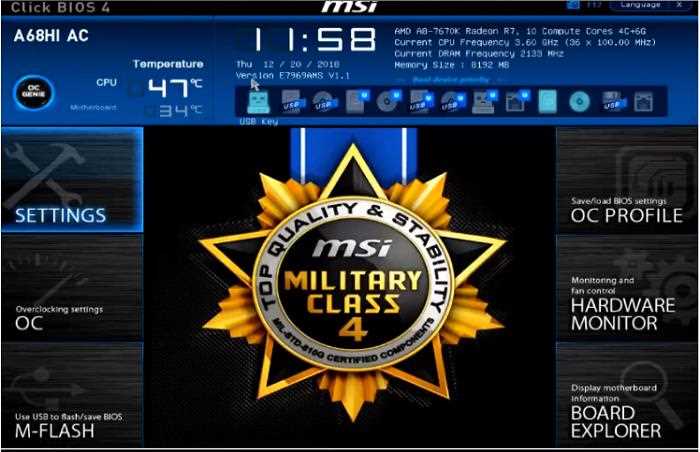
When preparing for a networking assessment, it is important to familiarize yourself with the types of questions that often appear. These questions generally focus on understanding core networking concepts, troubleshooting methods, and the practical application of protocols and configurations. A strong grasp of these topics will help you approach the test with confidence and clarity. Below are some examples of the kinds of questions you may encounter:
- IP Addressing and Subnetting: Questions about how to assign and manage IP addresses, calculate subnet masks, and determine the number of available hosts in a subnet.
- Network Protocols: Expect to be asked about the role of protocols such as TCP/IP, DNS, DHCP, and how they facilitate communication across networks.
- Device Configuration: You may encounter questions on how to configure routers, switches, and firewalls, including basic setup and troubleshooting techniques.
- Network Security: Questions might test your knowledge of securing networks, including configuring firewalls, VPNs, and preventing unauthorized access.
- Routing and Switching: Expect to address scenarios related to routing paths, switch configurations, and how data is directed across networks.
By reviewing these key areas, you will be well-equipped to handle common questions that focus on both theoretical knowledge and practical skills. Understanding the structure and purpose of these topics will help ensure success during your assessment.
Important Terminology to Remember
In the field of networking, understanding the key terminology is essential for navigating technical tasks and assessments. Familiarity with these terms not only aids in communication but also helps you better understand complex concepts and troubleshooting procedures. Below are some of the most important terms that you should remember when working with networks:
- IP Address: A unique identifier assigned to each device on a network, allowing them to communicate with one another.
- Subnet Mask: A 32-bit number that divides an IP address into network and host parts, enabling devices to determine which IP addresses belong to their local network.
- DNS (Domain Name System): A system that translates human-readable domain names (e.g., www.example.com) into IP addresses that computers can understand.
- DHCP (Dynamic Host Configuration Protocol): A protocol that automatically assigns IP addresses to devices on a network, making network management more efficient.
- Router: A device that forwards data packets between different networks, helping data travel from one device to another across the internet or local networks.
- Switch: A networking device that connects multiple devices within the same network and efficiently manages data traffic by forwarding packets to the appropriate destination.
- Firewall: A security device or software that monitors and controls incoming and outgoing network traffic, typically based on predetermined security rules.
- TCP/IP (Transmission Control Protocol/Internet Protocol): A set of communication protocols used to interconnect network devices and enable data exchange across the internet.
Understanding these terms is a critical step toward mastering networking concepts and becoming proficient in configuring, managing, and troubleshooting networks. Make sure to review them regularly to solidify your knowledge.
Steps to Ace Your IT Exam

Successfully completing an IT assessment requires more than just studying. It’s about mastering the material, understanding key concepts, and preparing mentally for the test. By following a strategic approach, you can boost your chances of performing at your best. Here are the key steps to ensure you’re fully prepared:
- Master the Core Concepts: Focus on understanding the fundamental ideas behind networking, system configurations, and troubleshooting. These will be the basis for most questions.
- Hands-On Practice: Take the time to practice configuring network devices, assigning IP addresses, and working with protocols. The more hands-on experience you have, the better prepared you will be.
- Study with Real-World Scenarios: Engage in problem-solving exercises that mirror real-life situations. This will help you apply theoretical knowledge to practical problems.
- Review Key Terminology: Be sure to memorize the most important technical terms, as questions may test your knowledge of specific network protocols and tools.
- Take Practice Tests: Simulate the exam environment by taking practice tests. This will help you get used to the question format and time constraints.
- Stay Organized: Create a study schedule to keep track of your progress. Breaking down the material into manageable sections will make it easier to review.
- Stay Calm During the Test: When the day of the assessment arrives, stay calm and focused. Carefully read each question and don’t rush through it.
By following these steps, you will be well-equipped to tackle any challenges in your IT assessment. Preparation and practice are key to ensuring that you understand the material and can apply it under test conditions.
Common Mistakes to Avoid in Assessments
In any technical assessment, it’s easy to make mistakes that could cost valuable points or lead to confusion. Being aware of common errors can help you avoid pitfalls and ensure that you approach the test with confidence and precision. Here are some of the most frequent mistakes to watch out for when preparing for and taking your assessment:
Preparation Errors
- Skipping Core Concepts: Ignoring the foundational topics can leave gaps in your understanding and lead to confusion during the test.
- Relying Too Much on Memorization: While memorization is useful, it’s equally important to understand how concepts work in real-world scenarios.
- Neglecting Practical Application: Focusing only on theoretical knowledge without applying it through hands-on practice can result in difficulties when faced with practical questions.
- Procrastinating: Cramming at the last minute might seem tempting, but effective preparation requires consistent study over time.
Test-Taking Mistakes
- Rushing Through Questions: In an effort to finish quickly, many candidates rush through the questions and miss critical details. Always read each question carefully.
- Overthinking the Answers: Second-guessing yourself can lead to confusion. Trust your initial instincts unless there’s a clear reason to change your response.
- Misinterpreting Questions: Sometimes, questions can be tricky or worded in a confusing way. Take time to understand what is being asked before answering.
- Leaving Questions Unanswered: It’s better to attempt every question, even if you’re unsure. Many assessments offer partial credit for partially correct answers.
Avoiding these common mistakes will not only boost your performance but also help you approach the assessment with the right mindset. Careful preparation, proper study techniques, and focus during the test are essential for success.
Assessment Strategy for IT Networking Topics
Having a clear and structured approach to taking a technical assessment can make all the difference in how well you perform. A well-thought-out strategy helps you manage time effectively, understand each question’s requirements, and tackle challenging sections with confidence. Below are some strategies to consider when preparing for and taking your IT-related assessment:
Pre-Assessment Preparation
- Review Key Concepts: Ensure that you have a solid understanding of fundamental networking concepts, including IP addressing, routing protocols, and security measures.
- Practice with Real-World Scenarios: Hands-on experience with configuring devices and solving networking problems will prepare you for practical questions in the test.
- Create a Study Plan: Break down your study sessions into manageable blocks, focusing on specific topics each day to avoid cramming.
- Take Practice Tests: Simulating the testing environment with practice exams will help you become familiar with question formats and time constraints.
During the Assessment
- Read Questions Carefully: Pay close attention to the wording of each question to ensure that you fully understand what is being asked before selecting an answer.
- Start with Easy Questions: Tackle the questions you know well first. This will help build momentum and boost your confidence as you move through the test.
- Time Management: Allocate a specific amount of time to each section. Don’t get stuck on any one question for too long–move on and come back if needed.
- Double-Check Your Work: If time permits, review your answers before submitting. This is especially important for questions that may require more than one step to answer correctly.
Post-Assessment Reflection
- Review Mistakes: After completing the assessment, reflect on any mistakes made. Understanding why you chose incorrect answers will help you improve for the future.
- Learn from Feedback: If feedback is provided, use it as a learning opportunity to strengthen weak areas for future assessments.
By following these strategies, you can approach your IT networking assessment with a clear plan and the confidence needed to succeed. Consistent preparation, time management, and careful consideration during the test are crucial components of success.
Practical Tips for Answering Questions

Successfully tackling questions in a technical assessment requires not only knowledge but also a strategic approach to answering them. The ability to read, analyze, and respond effectively can significantly impact your performance. Here are some practical tips to keep in mind when responding to questions in your test:
- Understand the Question First: Before jumping to the answer, take a moment to read the question thoroughly. Ensure you understand what is being asked, as some questions may include multiple parts or tricky wording.
- Eliminate Wrong Answers: If the question has multiple-choice options, start by eliminating the clearly incorrect answers. This will increase your chances of selecting the correct one by narrowing down your choices.
- Look for Keywords: Identify important terms or phrases in the question. Often, questions will include hints or key terms that help guide you to the correct response.
- Think Through Practical Scenarios: When dealing with technical problems, consider how you would approach the issue in a real-world situation. This helps you apply your theoretical knowledge in a practical way.
- Manage Your Time: Allocate enough time to each question based on its complexity. If you get stuck on a particularly difficult question, move on and return to it later if time allows.
- Don’t Overthink: While it’s important to think critically, avoid second-guessing yourself excessively. Often, your first instinct is correct, especially if you’ve studied thoroughly.
- Stay Calm and Focused: If you come across a question that seems overwhelming, take a deep breath and approach it logically. Stay calm and composed, and break down the problem into manageable parts.
By following these practical tips, you’ll be able to approach questions with confidence and maximize your chances of success. Effective question-answering is not just about knowledge; it’s also about how you apply that knowledge under test conditions.
Understanding IP Addressing and Subnetting
In the realm of networking, IP addressing and subnetting are fundamental concepts that allow devices to communicate with each other effectively over a network. These concepts form the backbone of how information is routed across different networks, enabling seamless data transfer and connection between computers, servers, and other networked devices. A solid understanding of these topics is essential for configuring and maintaining network infrastructures.
What is IP Addressing?
An IP address is a unique identifier assigned to each device connected to a network. It serves as a way to ensure that data sent across the network reaches the correct destination. There are two primary types of IP addresses:
- IPv4: The most commonly used version, consisting of four sets of numbers separated by periods (e.g., 192.168.1.1). It offers approximately 4.3 billion unique addresses, which are rapidly being exhausted.
- IPv6: A newer version designed to replace IPv4, featuring longer addresses (e.g., 2001:0db8:85a3:0000:0000:8a2e:0370:7334) to accommodate the growing demand for IP addresses.
Understanding Subnetting
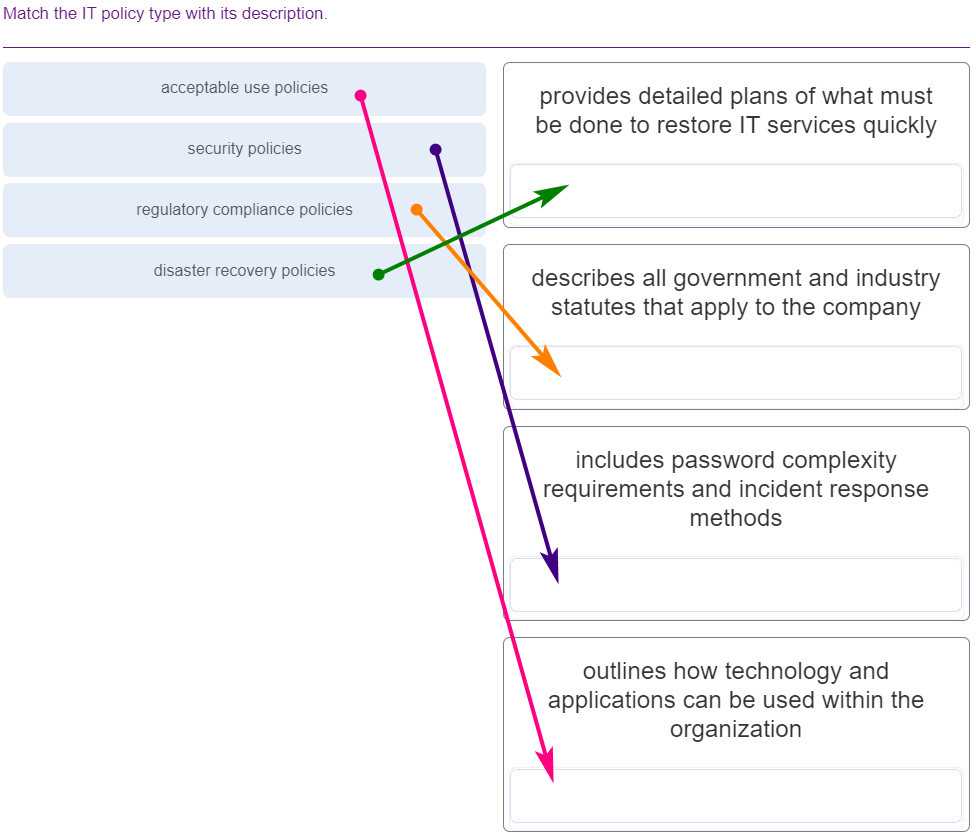
Subnetting is the process of dividing a larger network into smaller, more manageable sub-networks. By doing so, network administrators can optimize performance, enhance security, and reduce network congestion. Subnetting involves creating a subnet mask, which helps define the range of IP addresses available within a particular subnet. This allows network traffic to be routed more efficiently within and between subnets.
- Subnet Mask: A 32-bit number that defines which portion of an IP address is used for the network and which portion is used for hosts within that network. It helps separate the network portion from the host portion of the address.
- CIDR Notation: Classless Inter-Domain Routing (CIDR) notation is used to represent IP address ranges and subnet masks more efficiently. For example, 192.168.1.0/24 indicates that the first 24 bits of the address are used for the network, leaving the remaining bits for hosts.
Mastering IP addressing and subnetting is crucial for designing, configuring, and troubleshooting networks. These concepts enable network professionals to create scalable and efficient network infrastructures while ensuring optimal communication between devices.
Key Tools for Troubleshooting Networks

When it comes to maintaining and repairing network infrastructures, having the right tools is essential for diagnosing issues and restoring functionality. Network troubleshooting involves identifying the root cause of problems that may arise in connectivity, performance, or security. Several tools are available that can help network professionals quickly pinpoint problems and take corrective action.
Here are some of the most important tools used in network troubleshooting:
- Ping: A simple yet powerful tool used to check connectivity between devices on a network. It sends a signal to a target device and measures the response time, helping to identify network delays or failures in communication.
- Traceroute: This tool helps trace the path that data takes from one device to another across a network. It shows the route and any delays or issues along the way, making it useful for diagnosing routing problems or network congestion.
- IPconfig: Commonly used on Windows systems, IPconfig displays detailed information about the device’s network configuration, including IP address, subnet mask, and default gateway. This tool is often the first step in diagnosing network connection issues.
- Nslookup: A command-line tool used to query Domain Name System (DNS) servers and find information about domain names or IP addresses. It’s particularly useful for diagnosing DNS resolution problems.
- Netstat: This tool shows the active connections and ports being used on a network. It’s often used to troubleshoot issues related to open ports, network services, or unwanted connections.
- Wireshark: A powerful packet-sniffing tool that captures and analyzes network traffic in real-time. It allows network engineers to inspect the data packets being transmitted across the network, making it ideal for identifying security breaches or network inefficiencies.
- Bandwidth Testers: Tools like iPerf and Speedtest help measure the bandwidth of a network. They can be used to determine if network slowdowns are due to insufficient bandwidth or other issues like packet loss or high latency.
Utilizing these tools effectively can save significant time and effort when diagnosing and fixing network issues. Understanding how and when to use each one is an essential skill for anyone working in network administration or IT support.
How to Prepare for IT Essentials Exams

Successfully preparing for a certification or skills assessment in the IT field requires a systematic approach and focus. Gaining a solid understanding of key concepts, practicing hands-on skills, and effectively managing your study time are all critical to performing well. The preparation process goes beyond merely reading materials; it involves applying knowledge, taking practice tests, and identifying areas that need further attention.
Here are some proven strategies to ensure you’re well-prepared:
1. Understand the Key Topics

Before diving into your studies, it’s important to get familiar with the main topics and objectives covered. Knowing what to expect allows you to focus on areas that are most likely to be tested. Review the study guide or syllabus to make sure you understand the foundational concepts and technical skills you need to master.
2. Practice Regularly

Hands-on practice is essential for building confidence and reinforcing your knowledge. Set up your own virtual lab or use available simulators to practice networking, hardware setups, and software configurations. This will help you gain real-world experience and be better prepared for practical tasks during the assessment.
| Study Topic | Focus Areas | Tools/Resources |
|---|---|---|
| Networking | IP addressing, protocols, DNS, routing | Wireshark, Packet Tracer |
| Operating Systems | Installation, configuration, troubleshooting | VirtualBox, Linux terminal |
| Hardware | Component identification, assembly, maintenance | PC build kits, online resources |
3. Take Practice Tests
Practice tests are one of the most effective ways to evaluate your readiness. These tests simulate the format and types of questions you may encounter, helping you familiarize yourself with the test structure. Review any incorrect answers and understand why your response was wrong. This feedback helps you focus your studies on weak areas.
By following a structured approach, setting realistic goals, and regularly evaluating your progress, you’ll increase your chances of performing well and achieving certification success in the IT field.
Commonly Tested Networking Protocols
Understanding networking protocols is fundamental for anyone working in the IT field, especially when preparing for certification or skills assessments. These protocols are the backbone of communication between devices on a network, defining how data is transmitted, received, and managed. Knowing the most important protocols and their functions will help you troubleshoot network issues and configure devices more effectively.
1. TCP/IP Protocol Suite
The TCP/IP suite is the foundation of most modern networks, responsible for ensuring reliable communication across various types of networks. The suite includes a collection of protocols, such as TCP, IP, UDP, and more, which work together to establish communication between devices. Mastery of TCP/IP is essential for understanding how data flows between computers, servers, and other networked devices.
2. DNS and DHCP

DNS (Domain Name System) and DHCP (Dynamic Host Configuration Protocol) are two crucial protocols for addressing and managing network devices. DNS translates human-readable domain names (like www.example.com) into IP addresses, while DHCP automatically assigns IP addresses to devices joining the network, ensuring that they can communicate effectively.
| Protocol | Function | Common Use |
|---|---|---|
| TCP | Ensures reliable, ordered data transmission | Web browsing, email |
| IP | Routes packets of data between devices | Internet, LAN communication |
| UDP | Allows fast, connectionless communication | Streaming, online gaming |
| DNS | Resolves domain names to IP addresses | Website access, email services |
| DHCP | Automatically assigns IP addresses to devices | Device network connection, LAN |
Familiarity with these protocols will give you a strong foundation in networking and help you understand the complex interactions that allow communication over the internet and local networks. A good grasp of the basic protocols can significantly enhance your problem-solving and configuration skills.
Final Review Before the IT Exam
As you approach your final preparation for a certification or skills assessment, it’s crucial to focus on consolidating your knowledge and reviewing key concepts. This phase of revision allows you to address any areas of uncertainty, ensure you’ve grasped the important material, and feel confident heading into the test. A structured review process can maximize retention and improve your performance on the day of the evaluation.
During this final stage, it’s important to focus on core topics that are typically tested, such as networking fundamentals, security protocols, and troubleshooting techniques. Refreshing your memory on practical applications and ensuring you can quickly recall definitions and procedures can help you feel more prepared. Below are some strategies to optimize your final review:
- Review Key Concepts: Go over the essential theories and concepts that are most likely to be covered. This includes understanding networking protocols, IP addressing, subnetting, and security measures.
- Practice with Simulations: Take as many practice tests and simulations as possible to familiarize yourself with the exam format and question types.
- Focus on Weak Areas: Identify any areas where you feel less confident and spend extra time reviewing these topics. It’s important to focus on both strengths and weaknesses during the final review.
- Understand the Tools: Make sure you’re comfortable with any software or tools that may be required during the assessment, especially if the test includes practical components.
By reviewing these critical topics and practicing under timed conditions, you will enhance both your knowledge and your ability to apply it quickly and accurately. This focused approach will help you approach the evaluation with confidence and readiness.
Resources for Further IT Study
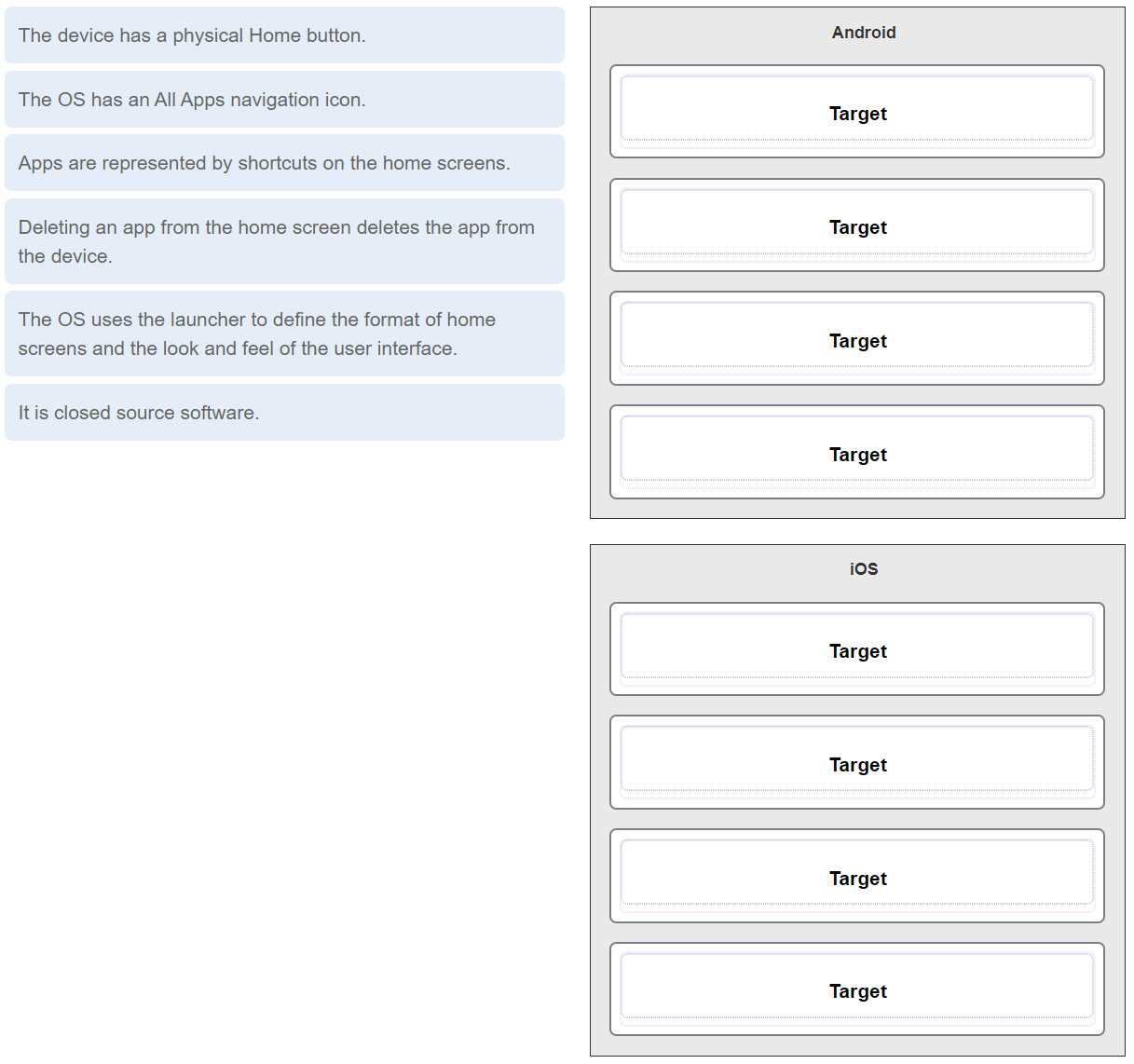
Continual learning is crucial for anyone pursuing a career in information technology. Whether you’re preparing for a certification, enhancing your skill set, or simply interested in staying up-to-date with industry trends, a wide range of resources are available to deepen your understanding of IT concepts. The right tools can help expand your knowledge, improve your technical abilities, and keep you ahead of the curve in this fast-evolving field.
Below are some valuable study materials and platforms that can complement your IT education:
Online Learning Platforms
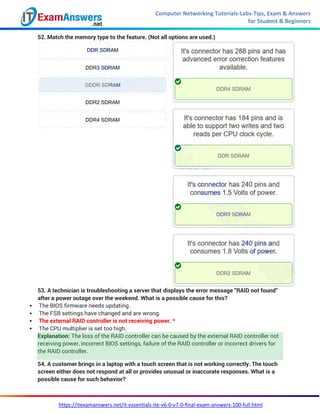
- Coursera: Offers comprehensive courses from top universities on topics such as networking, cybersecurity, and system administration.
- Udemy: Provides a wide variety of IT-related courses at affordable prices, with many focused on practical skills and certifications.
- Pluralsight: Known for its in-depth technical content and paths tailored to specific certifications and technologies.
Books and Study Guides
- CompTIA Network+ Guide: A great resource for those studying networking fundamentals, offering clear explanations and practice questions.
- ITIL Foundation Exam Study Guide: Ideal for those interested in IT service management and ITIL certifications.
- Official Cisco Press Books: Cisco’s publications are excellent for individuals preparing for networking and security certifications.
These resources can provide a structured way to build on your existing knowledge or introduce you to new topics that are integral to IT careers. Consistent study, practice, and exploration of diverse materials will enable you to stay relevant in the IT industry.